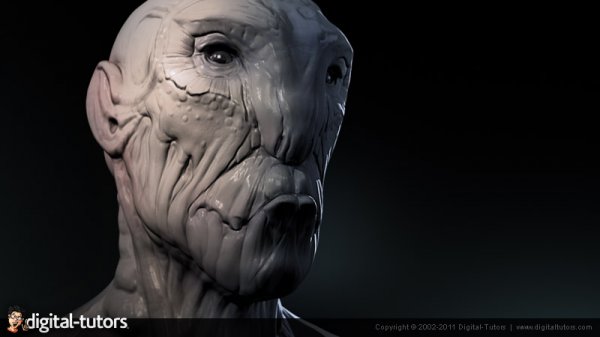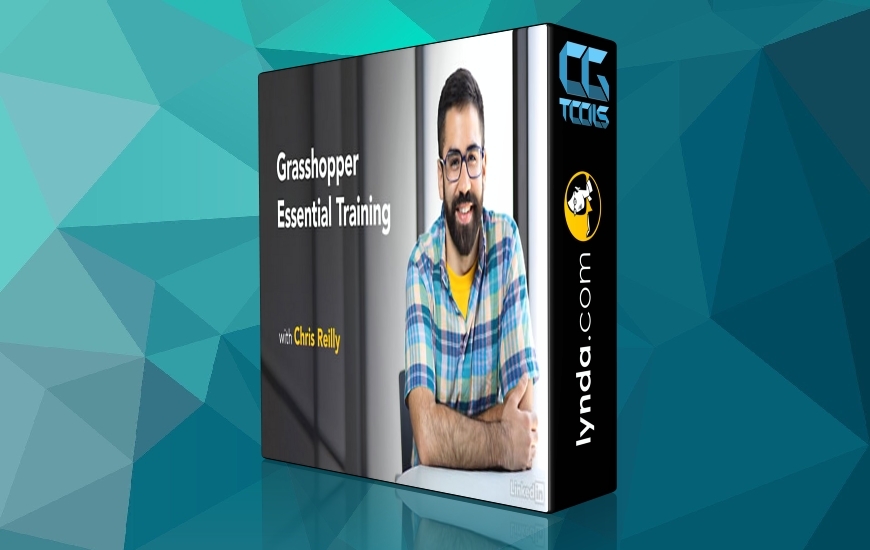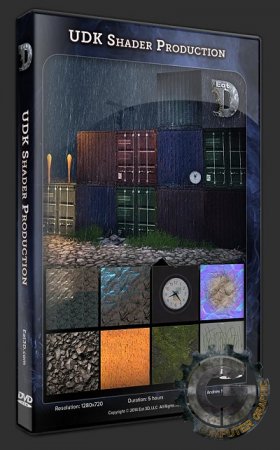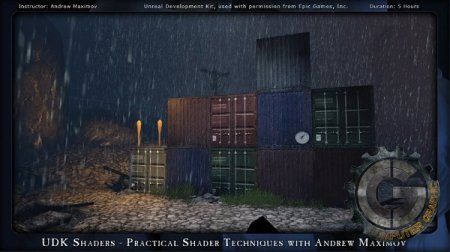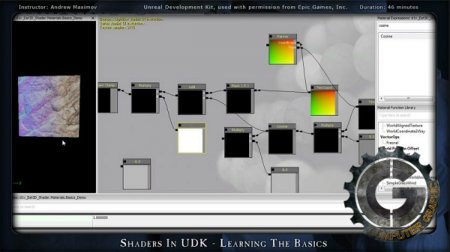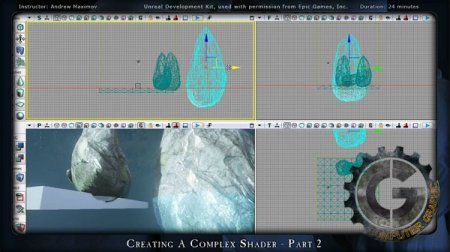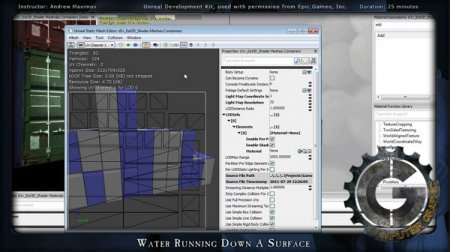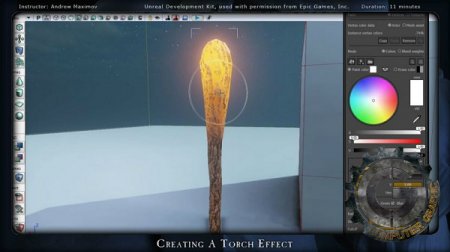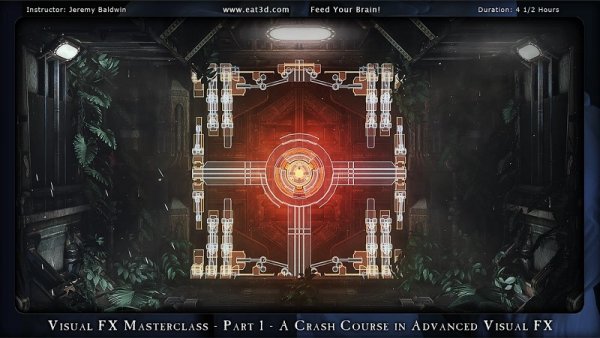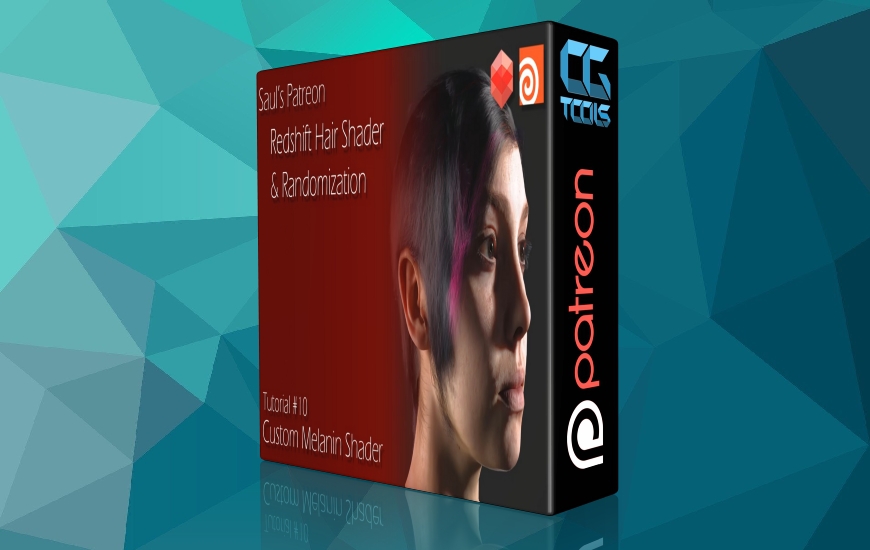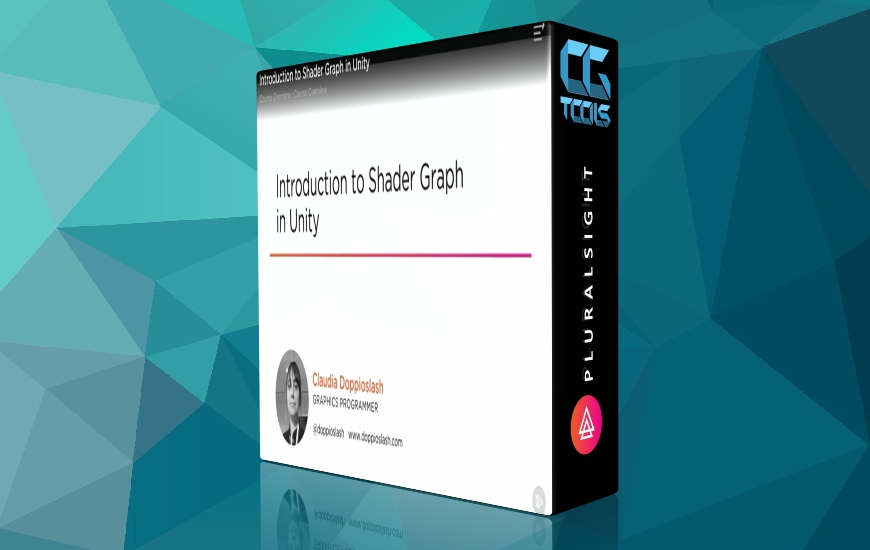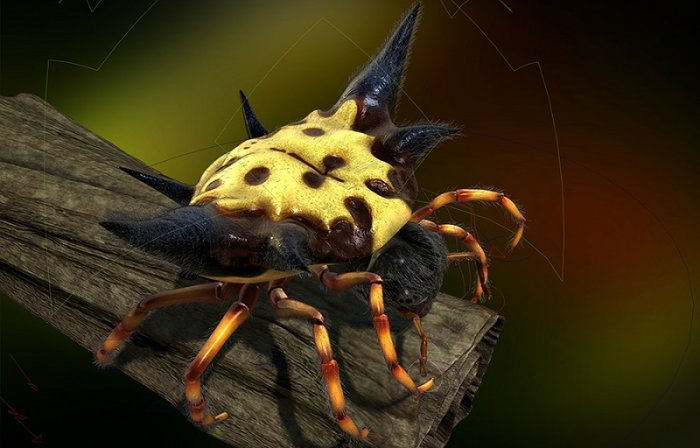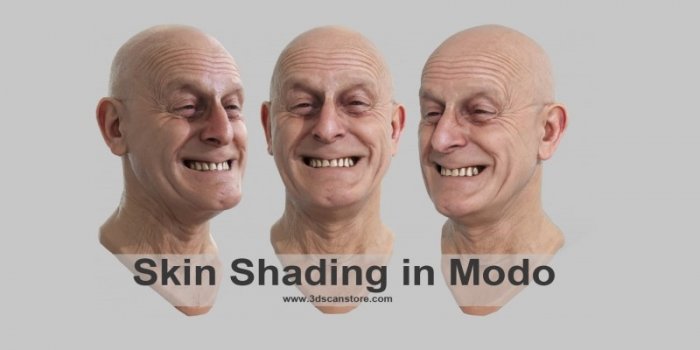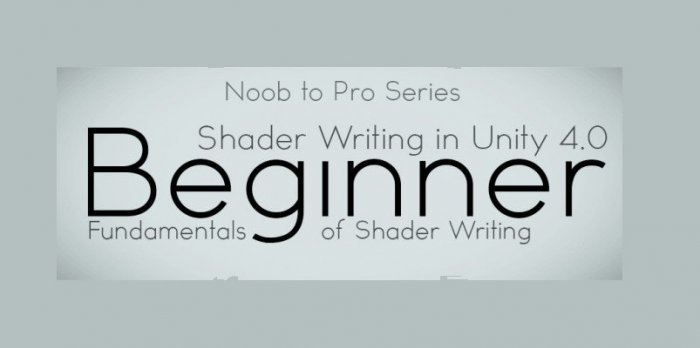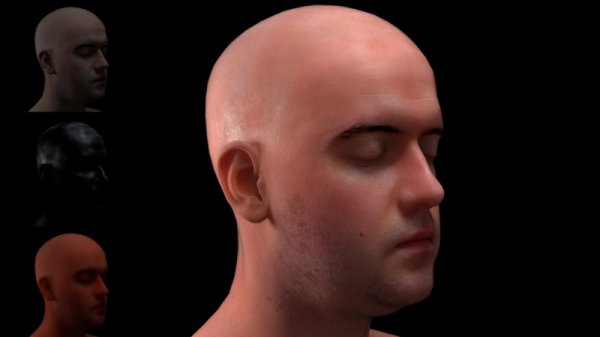![]()
در این نمایش، اندرو ماکسیموف شما را از طریق ساختن سایه بان های مختلف از پایه در کیت توسعه غیرواقعی (UDK) راهنمایی می کند. او با توضیح اینکه برخی از پرکاربردترین گرهها در ویرایشگر متریال چه کاری انجام میدهند و برای چه چیزی میتوانند و باید از آنها استفاده کنند شروع میکند و سپس به ایجاد یک ساختمان سایهزن نورپردازی سفارشی فونگ بر اساس آنچه در قبلی نشان داده شد ادامه میدهد. ویدئو برای حداکثر اثر
از آنجا او یک سایه زن پیچیده ایجاد می کند که روی مواردی مانند ترکیب جهتی بافت ها و قرار دادن رویه ای برف و یخ می گذرد. سپس نحوه ایجاد یک سایه زن ساعت با عقربه های چرخان قابل تنظیم را نشان می دهد و به سمت ایجاد یک سایه زن بیابانی همه کاره برای استفاده در قطعات محیطی می رود که شامل حرکت شن و ماسه برای آن پولیش اضافی است. سپس به چگونگی ایجاد یک سایه زن چکه ای ارزان و موثر و یک سایه زن ترکیبی مبتنی بر فاصله می پردازد که به طور خودکار کاشی کاری بافت را بر اساس موقعیت دوربین در داخل صحنه تنظیم می کند و سپس به نقشه شیب می رود که به صورت ارزان و واقعی استفاده می شود. بدون نیاز به بافت، اجسام مختلف را بافت دهید. در نهایت او نشان می دهد که چگونه می توان ماسک های شفافی برای شاخ و برگ بدون نیاز به ماسک آلفای اختصاصی تولید کرد.
این دی وی دی برای کسانی که می خواهند یاد بگیرند که چگونه به طور کارآمد مواد بصری جذاب و کارآمد را در UDK ایجاد کنند عالی است.
مشاهده توضیحاتــ انگلیسی
In this demonstration Andrew Maximov guides you through building various shaders from the ground up in Unreal Development Kit (UDK). He starts by going through the basics by explaining what some of the most widely used nodes in the material editor do and what they can and should be used for and then moves on to creating a custom phong lighting shader building on what was shown in the previous video for maximum effect.
From there he creates a complex shader that goes over such things as directional blending of textures and procedural placement of snow and ice. He then shows how to create a clock shader with customisable rotating hands and moves on to create a versatile desert shader for use in environment pieces that includes sand movement for that extra polish. He then goes over how to create a cheap and effective dripping water shader and a distance based blending shader that automatically sets the texture tiling based on the position of the camera within the scene and then moves on to gradient mapping which is used to cheaply and realistically texture various objects without the need for textures. Finally he shows how to produce clean opacity masks for foliage without the need for a dedicated alpha masks.
This DVD is perfect for those who want to learn how to efficiently create visually appealing and efficient materials in UDK.





